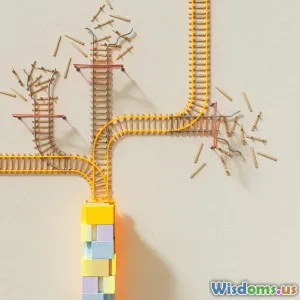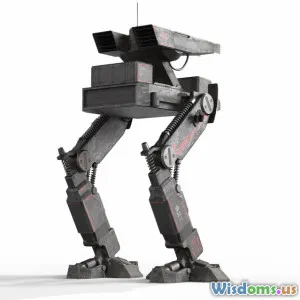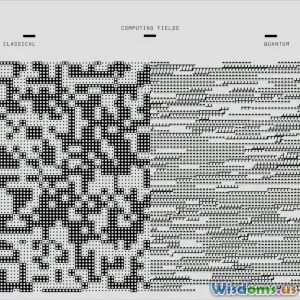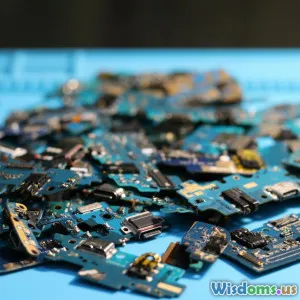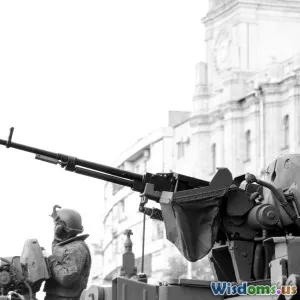
Drones: Revolutionizing Modern Combat
8 min read Explore how drones are transforming warfare with unprecedented capabilities and shaping the future of modern combat. (0 Reviews)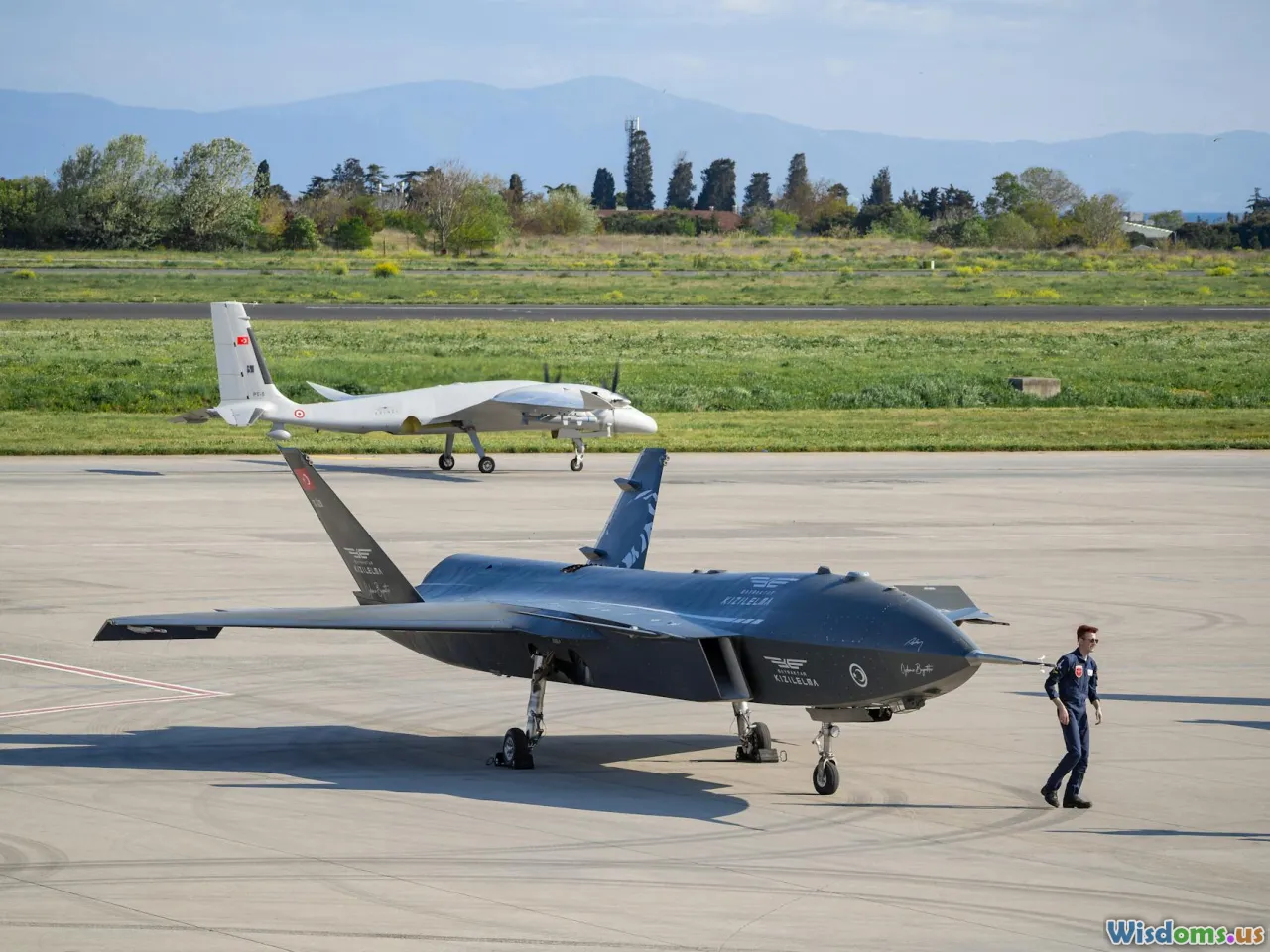
Drones: Revolutionizing Modern Combat
Introduction
The battlefield of today is radically different from what it was just a few decades ago. Among the most transformative technologies reshaping military strategy and operations are drones — unmanned aerial vehicles (UAVs) that deliver both unprecedented precision and strategic flexibility. What once was the stuff of science fiction is now firmly ingrained in modern combat, redefining the ways in which wars are fought and won. As drone technology advances, nations and militaries are witnessing a paradigm shift that reduces risk to human life while intensifying combat effectiveness.
In this article, we’ll delve deep into how drones are not merely supporting actors but central players in modern warfare, examine their technological evolution, explore their diverse battlefield roles, and reflect on what this means for the future of military operations globally.
The Technological Evolution of Combat Drones
Drones first appeared as rudimentary surveillance devices, but relentless innovation has morphed them into multi-role platforms capable of striking, surveillance, electronic warfare, and support roles.
-
Early Stages: The Vietnam War saw some of the first experimental drones used primarily for reconnaissance. These early models were limited in range and payload.
-
Precision Strike Emergence: The 1990s witnessed the rise of Predator UAVs, which integrated loitering capabilities with guided missiles. For instance, the MQ-1 Predator enabled operators to execute precision strikes remotely, minimizing collateral damage and soldier risk.
-
Swarm and Autonomous Capabilities: Recent advancements include swarm drone technology, where multiple drones operate in coordination. Autonomous drones exhibit AI-driven decision-making abilities, increasing operational tempo and complexity in combat scenarios.
Key Roles of Drones in Modern Combat
1. Intelligence, Surveillance, and Reconnaissance (ISR)
Drones are revolutionizing battlefield awareness by providing continuous, real-time intelligence. Traditional reconnaissance missions once demanding manned flights and risky ground patrols are now efficiently executed by UAVs.
- Example: The RQ-4 Global Hawk offers high-altitude, long-endurance surveillance with detailed imagery, supporting operations from the Middle East to Southeast Asia.
2. Precision Strikes and Targeted Operations
The ability to strike targets on demand with pinpoint accuracy has changed the calculus of force deployment.
-
Case Study: In the War on Terror, Predator drones were instrumental in neutralizing high-value targets across hostile zones without exposing soldiers to danger.
-
These strikes not only save lives but also enable operations in denied or contested environments.
3. Electronic Warfare and Jamming
Modern combat UAVs increasingly incorporate electronic warfare suites that disrupt enemy communications and radar.
- Drones like the U.S. Navy’s XQ-58 Valkyrie help suppress enemy defenses, clearing the way for manned aircraft.
4. Supply and Logistics
Combat zones are notoriously difficult for logistics. Drones now facilitate resupply missions, delivering essential payloads rapidly to frontline units.
- For example, the German Army tested DHL’s Parcelcopter for autonomous supply runs in remote areas, a model militaries are adapting for battlefield use.
5. Psychological and Tactical Impact
The constant presence of armed UAVs can degrade enemy morale and affect the tempo of ground operations. The psychological threat of an invisible adversary hovering overhead changes battlefield dynamics.
Impact on Military Strategy and Human Costs
The integration of drones into military forces allows for reshaping traditional combat doctrines:
-
Reduced Human Risk: Drones can undertake the most dangerous missions without risking pilots, leading to fewer casualties.
-
Force Multiplication: A single drone operator can control multiple UAVs, optimizing personnel deployment.
-
Asymmetric Warfare: Non-state actors and smaller militaries increasingly employ commercial drones armed with improvised explosives, leveling power imbalances and complicating countermeasures.
-
Ethical and Legal Challenges: Debates continue regarding drone strikes’ collateral damage and accountability. The shadow war conducted by drones raises questions on sovereignty and international law.
The Future Horizon of Drone Warfare
Autonomous Combat Drones and AI
Emerging developments suggest combat drones will increasingly rely on artificial intelligence for autonomous targeting and decision-making. While humans remain pivotal for command oversight, rapid AI computations could enhance responsiveness in dynamic battle environments.
Drone Swarms
Several militaries, including the U.S. and China, invest heavily in swarm technologies, enabling fleets of small drones to execute coordinated attacks or overwhelming defense interception capacities.
- The U.S. Department of Defense’s LOCUST program showcased swarm drones launched from ships to simulate saturating enemy defenses.
Integration with Manned Systems
The future of combat warfare is not drones versus humans but a synergistic Combos: manned fighters collaborating seamlessly with UAVs for optimized outcomes.
- The U.S. Air Force has experimented with the “Loyal Wingman” program, where drone wingmen complement piloted aircraft, extending surveillance and firepower.
Conclusion
Drones have unequivocally revolutionized modern combat, morphing from simple reconnaissance tools into multi-functional weapons and strategic assets. They have changed how wars are planned, enabling precision, reducing casualties, and expanding operational possibilities across diverse environments.
However, with their growing prevalence comes a complex set of tactical, ethical, and legal challenges. Nations must navigate these not only to ensure effective deployment but also to uphold global standards of warfare.
As drone technology augments with AI and autonomy, the landscape of warfare is set for even more dramatic changes. Military strategists, policymakers, and global citizens alike will need to understand and adapt to this transformed battlefield where unmanned systems take center stage.
The drone revolution is not a distant prospect—it’s actively reshaping combat now, heralding a future where technology and tactical ingenuity dictate survival and victory.
References:
- Singer, P.W. Wired for War: The Robotics Revolution and Conflict in the 21st Century. Penguin Books, 2009.
- U.S. Department of Defense’s LOCUST Program Briefings, 2021.
- Jane’s Defence Weekly, UAV Developments Edition, 2023.
- Defense One, “The Rise of Drone Swarms”, April 2024.
Rate the Post
User Reviews
Popular Posts












